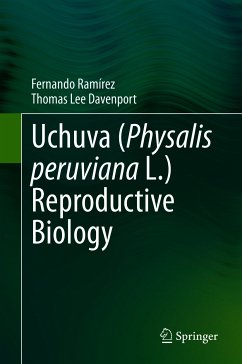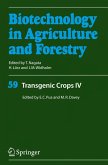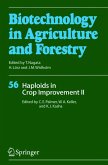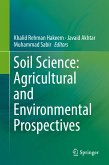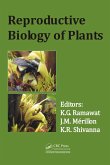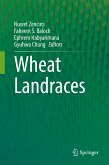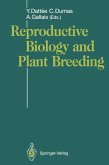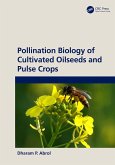This work reviews and explores various aspects of uchuva growth and development from seed germination, vegetative growth and phyllotaxy, floral development, pollination, and pollen morphology through fruit development, properties and health benefits. Other sections of the book cover uchuva genetic diversity, hybridization, chromosome number and morphological diversity. Uchuva is economically important in most South American counties, has been growing in popularity in Central America, and is marketed in North American and Europe as the golden berry. This is the first concise reference work that delves into the fascinating world of uchuva reproductive biology. It includes the latest scientific references, some of which have been contributed by the authors of the current book. The authors have observed the plant in the field and have produced a unique photographic record to help the reader see the actual morphological structures and developmental processes in action.
Dieser Download kann aus rechtlichen Gründen nur mit Rechnungsadresse in A, B, BG, CY, CZ, D, DK, EW, E, FIN, F, GR, HR, H, IRL, I, LT, L, LR, M, NL, PL, P, R, S, SLO, SK ausgeliefert werden.

